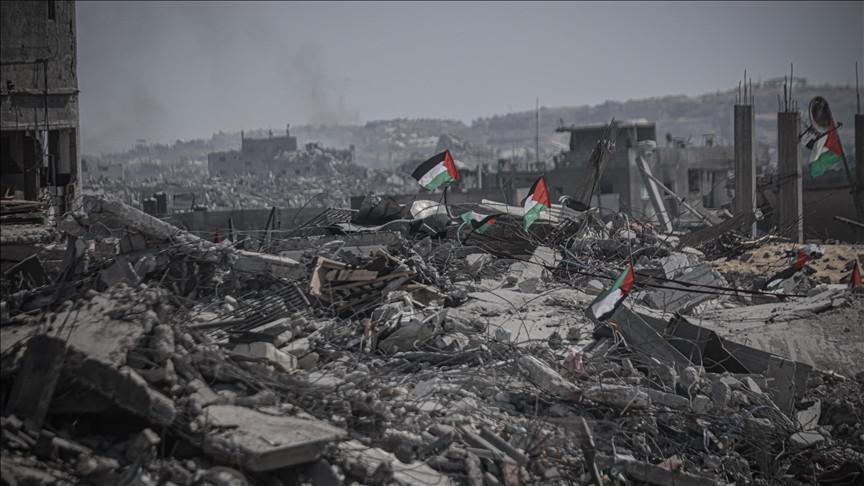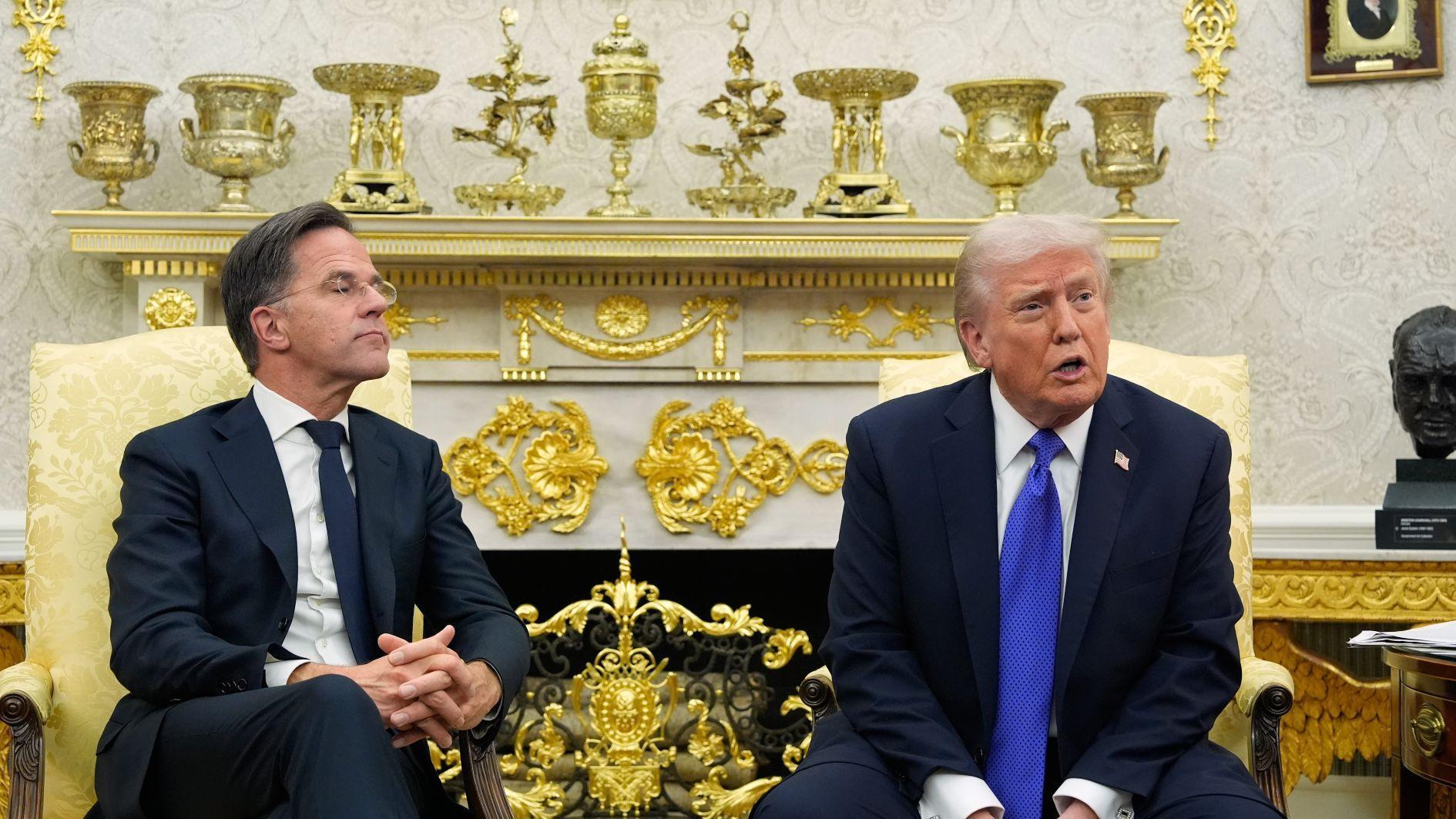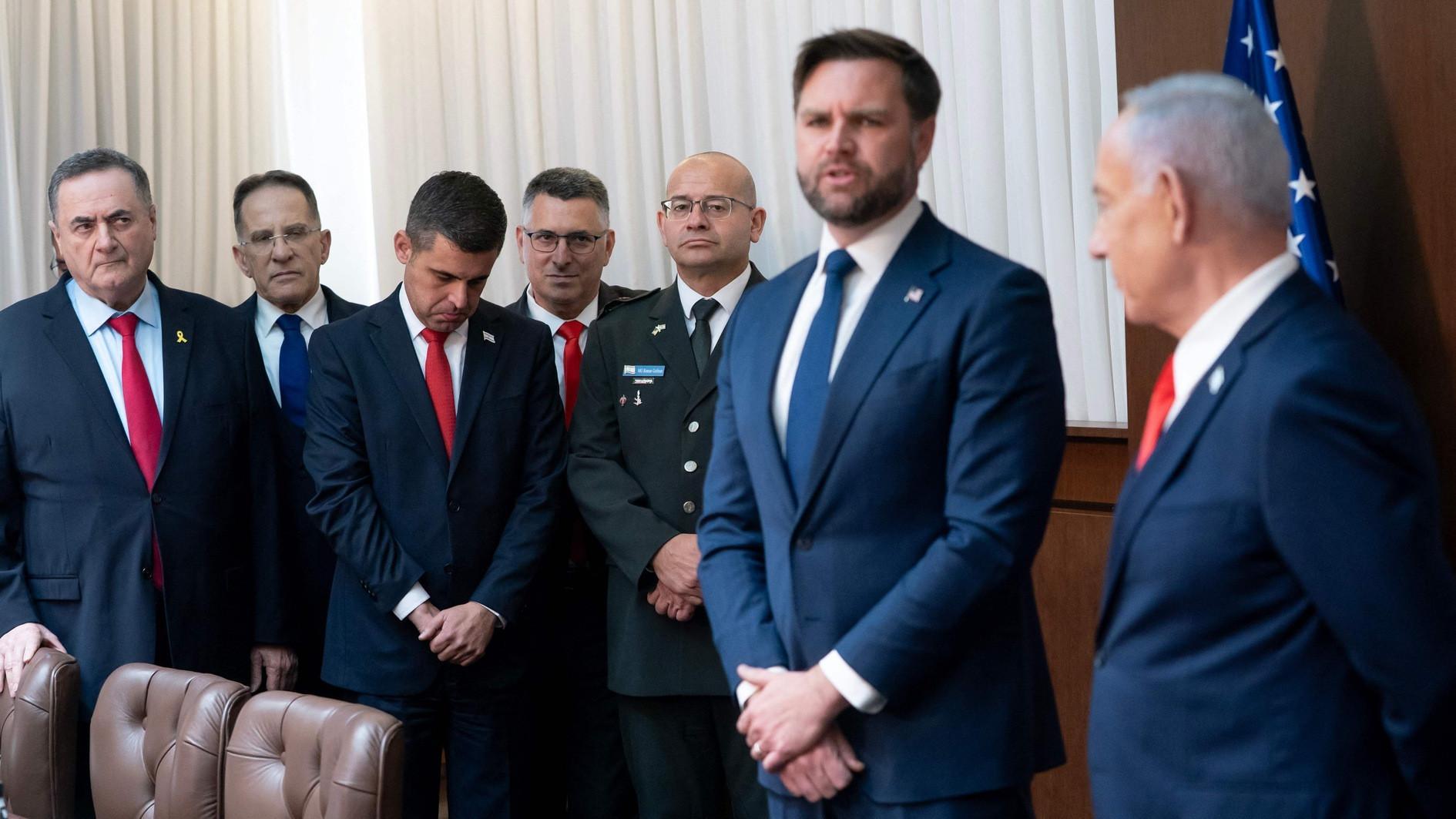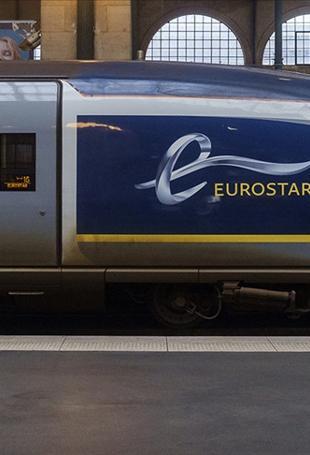Kars stands out with Baltic architectural heritage
KARS
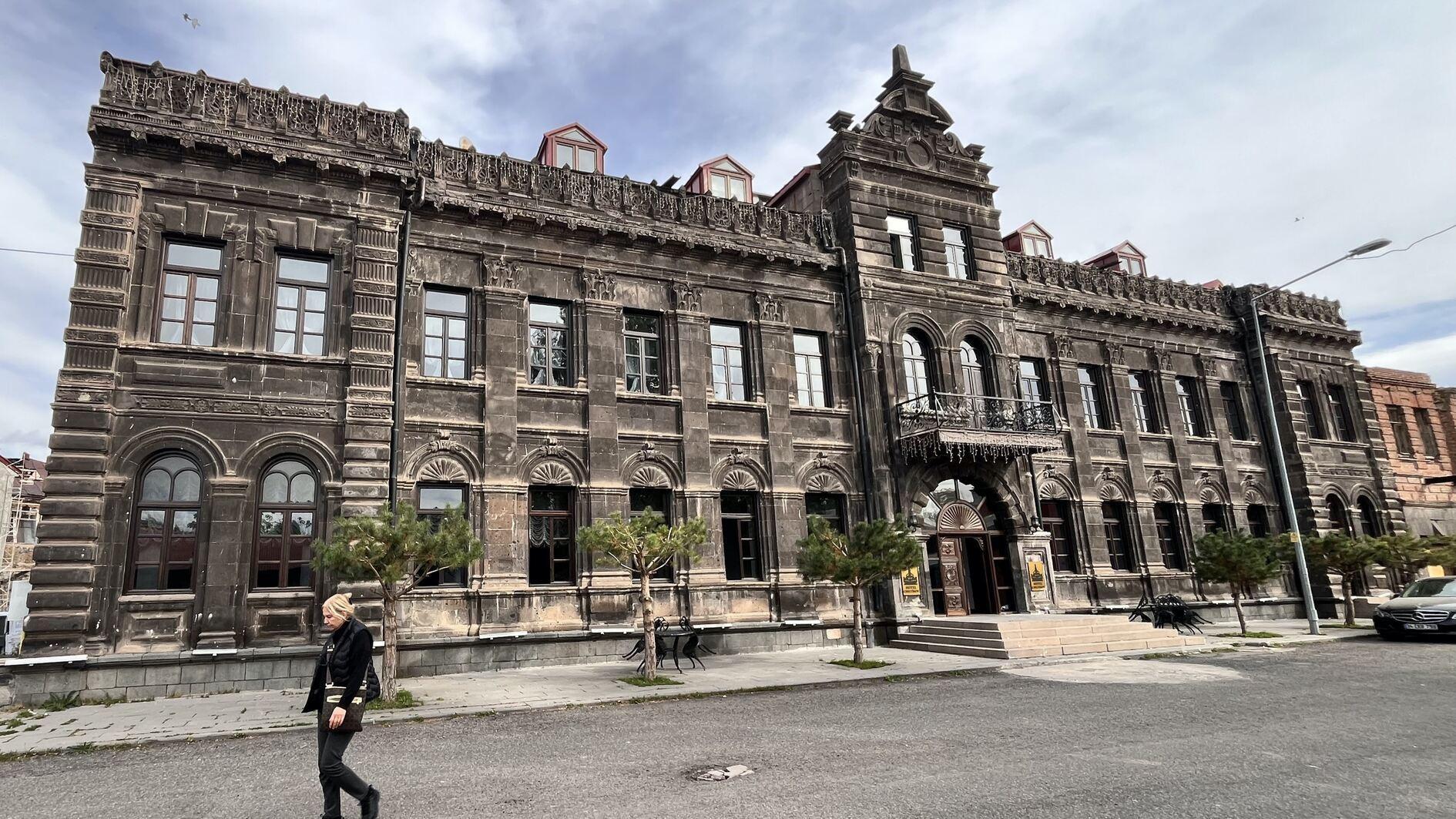
Around 170 examples of Baltic-style architecture built by Dutch architects during the 40-year Russian rule in the eastern province of Kars have become a major attraction for tourists seeking cultural experiences.
After the Ottoman-Russian War of 1877-78, Russians who occupied Kars until 1918 declared the city a “military town” and commissioned architects from the Netherlands to redesign it. Drawing inspiration from the architectural style seen around the Baltic Sea, they gave Kars a distinct urban identity based on a grid plan with wide streets and basalt-stone buildings.
The Dutch architects constructed about 170 single- and three-story buildings in the Yusufpaşa, Ortakapı and Cumhuriyet neighborhoods using dark gray basalt stone. Their facades featured decorative columns and stone reliefs, while interiors were arranged around long corridors. One of the most notable elements was the “peç,” a fireplace-style heating system.
Today, these Baltic-style buildings are protected as registered cultural assets. Some still serve as residences, while others house offices, public institutions or hotels. Visitors touring Kars, famous for landmarks such as Ani Ruins, Kars Castle, Evliya and Fethiye mosques and historic baths, are increasingly drawn to these unique structures.
The city has recently become a popular route for domestic and international tourists, including travelers from Iran, Russia, Germany, the U.K. and France, many of whom make sure to see the Baltic-style streets before leaving. Notable examples of these preserved structures include the Governor’s Mansion, the Azerbaijan Consulate, the Provincial Health Directorate, the Chamber of Commerce and the Kafkas University State Conservatory.
As part of the Kars City with Historical Identity Project, the exteriors of 32 Baltic-style buildings have been restored to their original appearance. The initiative, funded by the EU’s Instrument for Pre-Accession Assistance (IPA) through the Competitive Sectors Program and implemented by the Serhat Development Agency (SERKA), had a total budget of about 5.5 million euros.
SERKA Secretary-General Nurullah Karaca said Kars’ distinctive architecture stands out for visitors, noting that the city looks almost like a Russian city due to its Baltic-style buildings.
“Russians arrived here with a long-term vision and wanted to reshape Kars in their own cultural and architectural image. They even invited Dutch architects, whose artistic influence can still be seen in the city today,” he said.
Karaca stated about 170 of these Baltic-style buildings remain standing. “We carried out a 700-meter-long street revitalization project along Haydar Aliyev Avenue. Using basalt stones and preserving the original textures, we restored 32 buildings, 23 registered and nine unregistered, to their historical character,” he said.
He noted that the goal was to safeguard the city’s cultural heritage for future generations. “We polished the stones, restored the wooden doors and windows in their original style and repaired or renewed the roofs. These buildings have become important assets for tourism — many now operate as restaurants, galleries, or boutique hotels, especially since the rise in popularity of the Eastern Express after 2015,” he said.
Cultural tourism expert Mehmet Duman said visitors are fascinated by the architecture. “Kars, with the traces of various civilizations, presents a rich mix of structures. Baltic-style buildings are among the city’s cornerstones of tourism. Their story captivates tourists, and during autumn and winter, they create a spectacular visual scene, attracting photographers from around the world,” he stated.



